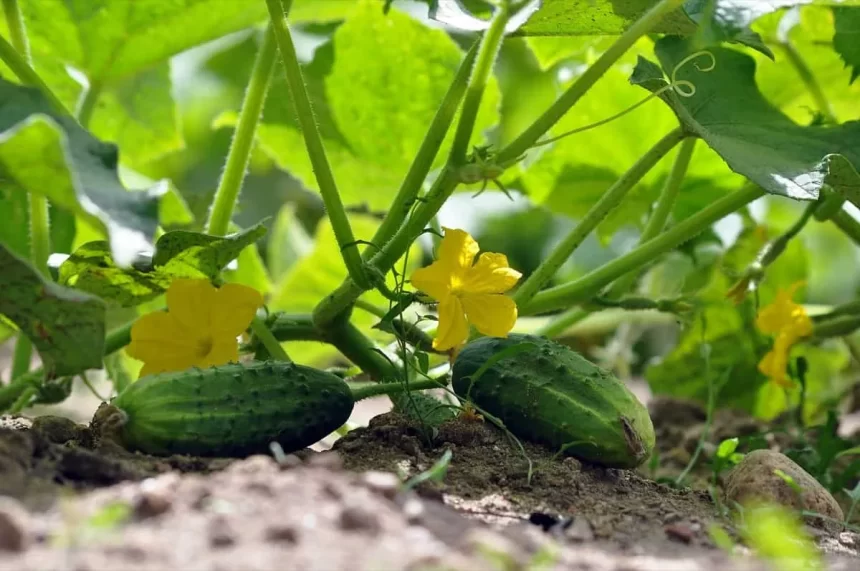Cucumbers are a popular vegetable to grow for many home gardeners. They produce abundant fruit and add a fresh, crispy ingredient to salads and other dishes. However, care must be taken in planning and planting your cucumber patch. There are several types of plants that should be avoided when growing cucumbers. Understanding companion planting guidelines will help you design an optimal cucumber growing area.
Why Companion Planting Matters for Cucumbers
Companion planting is a way of putting different plants together in a garden to help them grow their best. The idea is to avoid putting plants together that don’t like each other, while putting plants together that help each other out.
With cucumbers, if you choose the wrong plants to put next to them, they might not grow as well, you might get fewer cucumbers, or the plants could get sick or attacked by pests more easily. By learning about what not to plant next to cucumbers, you can make a plan for your cucumber garden that will help them grow strong and healthy.
Plants to Avoid Near Cucumbers
There are several types of plants that are considered poor companions for cucumbers. By not planting these nearby, you avoid undesirable effects in your cucumber patch.
Aromatic Herbs
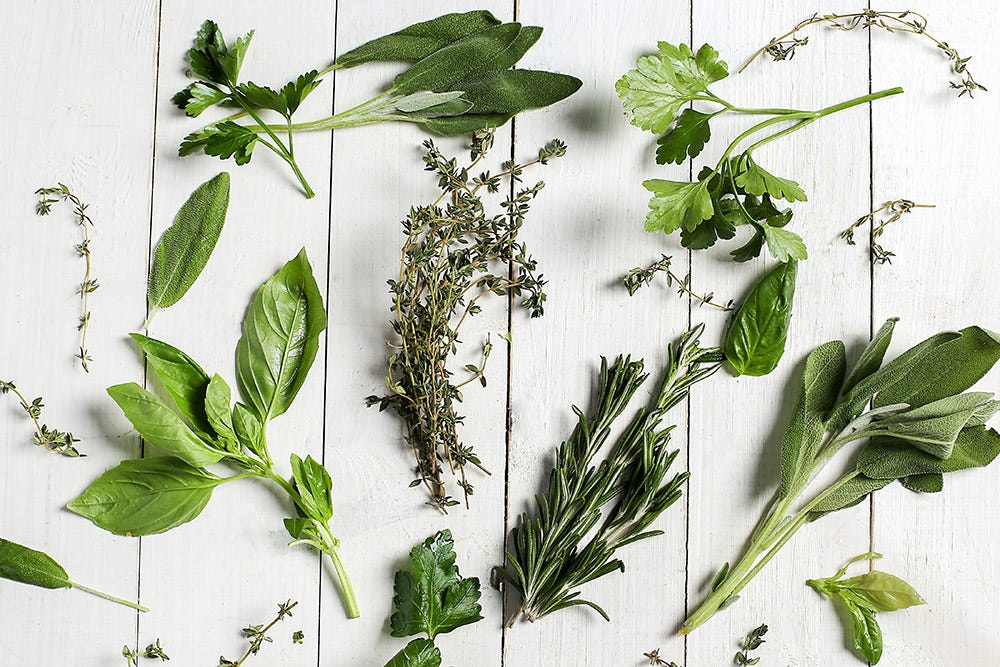
Cucumbers do not thrive near strongly aromatic herbs. Basil, oregano, dill, chamomile and lavender should be planted a reasonable distance away from cucumber vines. These herbs can stunt and reduce cucumber growth. They may also impart unpleasant flavors into cucumbers if planted too closely.
Beans and Peas
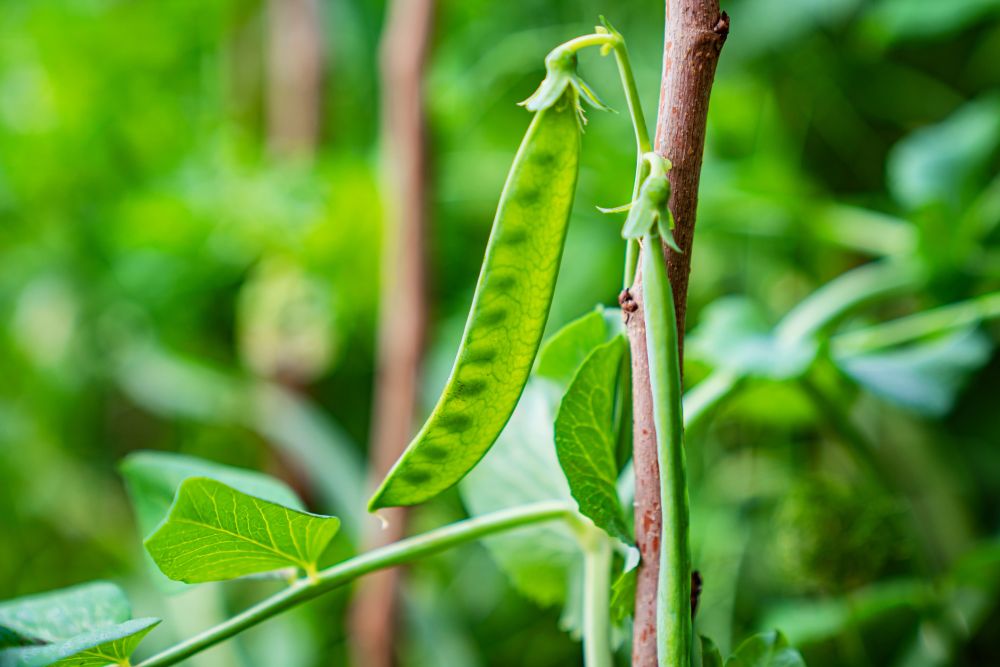
Bean and pea plants are commonly thought to inhibit the growth of cucumber vines. The exact mechanism is unknown, but close proximity seems to have a stunting effect on cucumbers. For best results, plant cucumbers and bean/pea crops in separate garden areas.
Brassicas
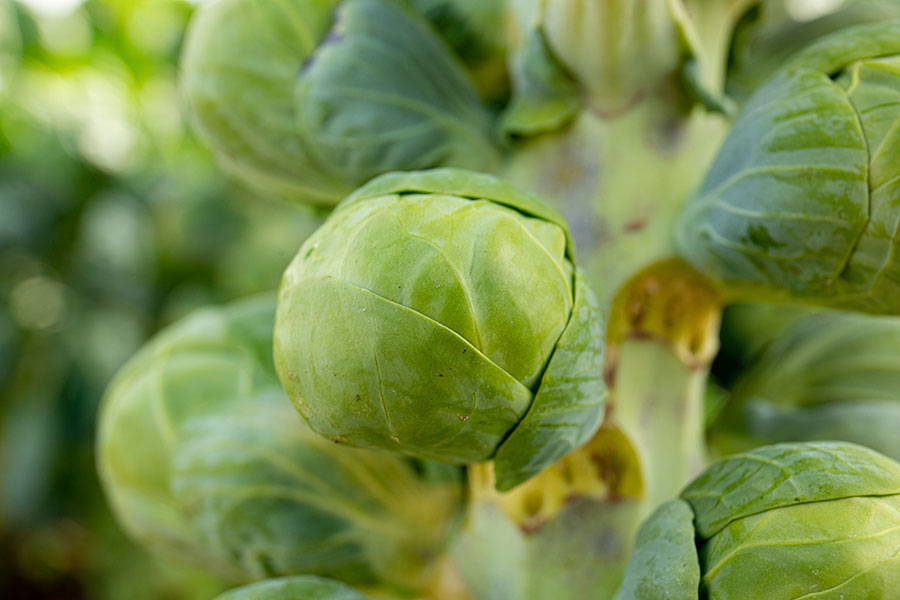
The brassica family includes cabbage, cauliflower, broccoli, kale and other leafy greens. These plants can stunt and reduce yields when grown near cucumbers. Additionally, brassicas and cucumbers share a vulnerability to many pests, including aphids, cucumber beetles and downy mildew. Grouping them together increases susceptibility.
Melons
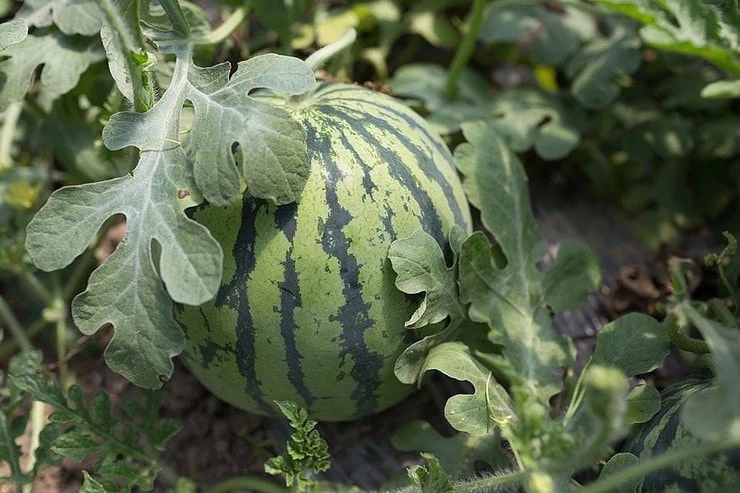
You may assume other vining crops like melons would thrive alongside cucumbers. However, planting melons and cucumbers together is not an ideal pairing. Both crops are prone to soil-borne diseases that can easily spread from one melon type to another. Additionally, cucumbers and melons have extensive vines that can monopolize space and lead to overcrowding issues.
Potatoes
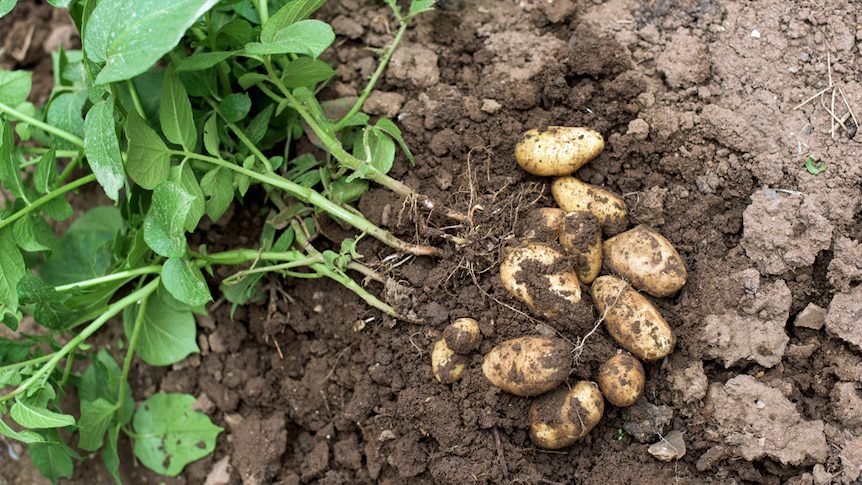
Potatoes and cucumbers each require very different growing conditions. It thrive in hilled, well-drained soil. Cucumbers need consistent moisture and spreading room for vining. Grouping these two plants together often leads to poor growth for one crop or both. It’s best not to interplant cucumbers and potatoes.
Aromatic Flowers and Herbs
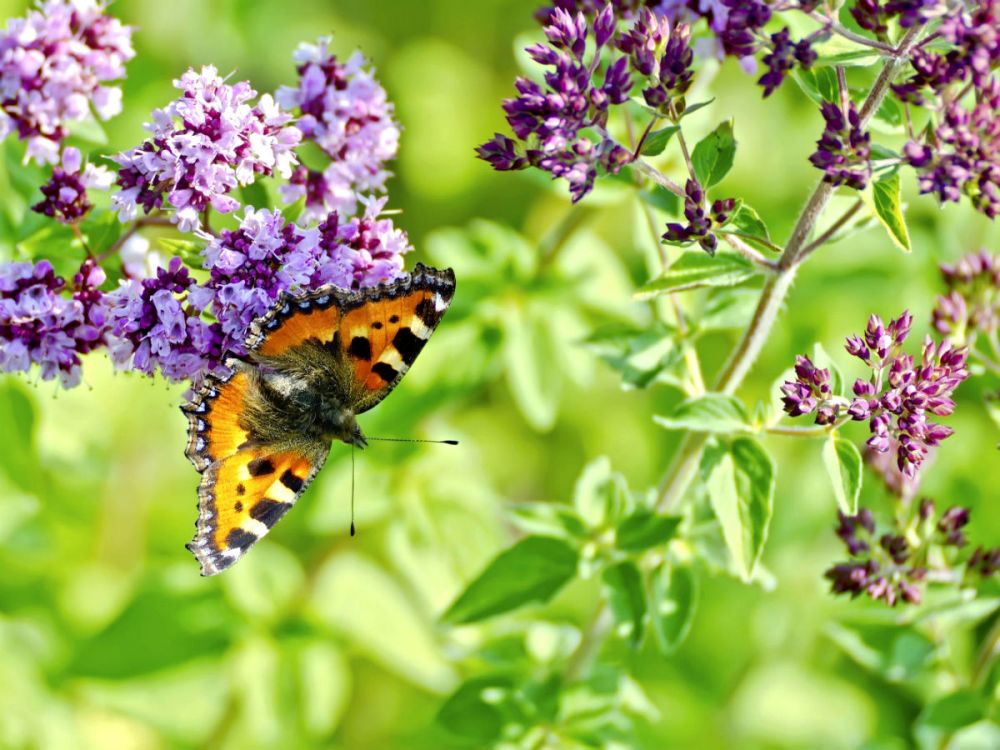
Fragrant flowers like marigolds are commonly touted as companion plants that repel pests. However, the strong scent can inhibit growth of young cucumber seedlings. Steer clear of potently aromatic flowers within close range of your cucumbers.
Ideal Companion Plants for Cucumbers
Now that you know what not to plant by cucumbers, let’s discuss some excellent companion options. Choosing beneficial plant partners is key for maximizing cucumber patch productivity.
Corn

Earlier I discussed why sweet corn is incompatible. However, growing cucumbers with less aggressive “farmers corn” varieties works well. These corn plants are smaller and less monopolizing of space and soil nutrients. The pairing allows for efficient use of garden real estate.
Dill
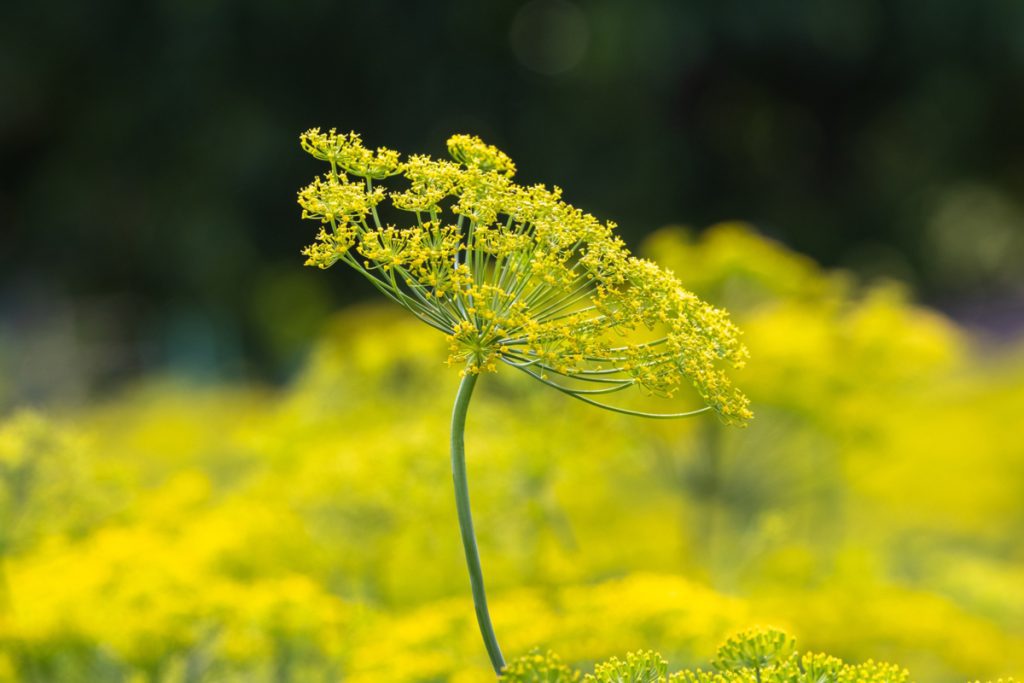
While dill should not be grown right next to cucumbers, keeping it reasonably close offers benefits. Dill attracts predatory insects that help control pests like spider mites, squash bugs and tomato hornworms. A subset of dill plants around the garden peripheries is ideal.
Lettuce and Greens

Lettuce, kale, spinach and other leafy greens make excellent companions for cucumbers. Their shallow root systems don’t compete for nutrition. These quick-growing plantings also provide beneficial shade for tender young cucumber seedlings. In return, vining cucumber plants eventually provide needed shade for greens in summer heat.
Nasturtium
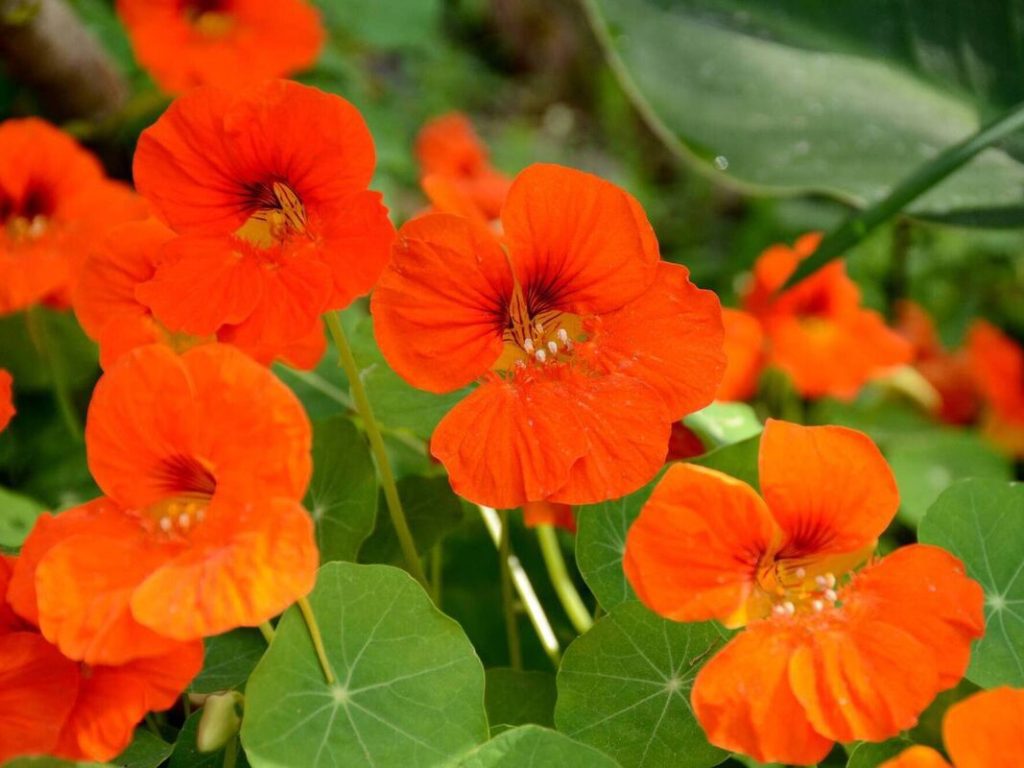
No cucumber companion planting scheme is complete without nasturtiums. These bright, cheery flowers deter aphids, squash bugs and other pests. Trailing nasturtiums also provide living groundcovers that suppress weeds and retain soil moisture. Plus, the flowers, leaves and peppery seed pods are all edible!
Radishes
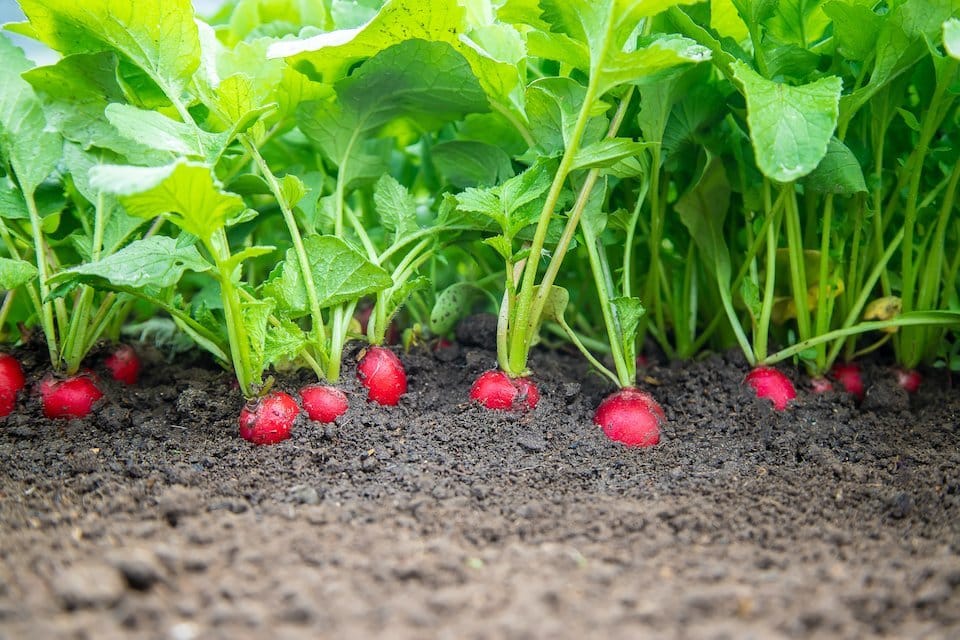
Radishes thrive alongside cucumbers because their quick growth habit does not compete for space. Plus, radishes help break up and aerate soil that benefits cucumber vines. An added perk is that you can continually reseed radishes to provide weeks of crisp salad garnishes from a small space.
Sunflowers

While most flowers should be kept at a reasonable distance, sunflowers make close-in companions for cucumbers. Their extensive root systems help aggregate soil nutrients. Towering sunflower plants also create excellent vertical trellises for cucumber vines to climb upwards. This helps save space while aligning with cucumber’s natural vining habit.
Optimal Planting Schemes
When designing your cucumber beds, keep compatible plants close to the vines while excluding incompatible crops on the garden peripheries. Here are some specific planting schemes to try:
Pair Cucumbers with Bush Beans and Lettuces
This combination allows for heavy production from a single bed. Bush beans and lettuces occupy lower levels while cucumber vines climb trellises or spread horizontally. You get three crops – all serving different uses and purposes.
Border Cucumber Vines with Nasturtiums and Radishes
An exterior row of nasturtiums helps deter pests and weeds. Radishes fill bare spots and enhance soil conditions. Cucumber vines still have plenty of room to sprawl outward in search of sunlight.
Alternate Cucumber and Tomato plants with Basil
Tomatoes make compatible neighbors for cucumbers. Interspersing the two vine crops creates an efficient use of vertical and horizontal space. Adding a few basil plants nearby leads to full production with aesthetic appeal. But take care not to allow basil and cucumbers to grow too close together.
Grow Cucumbers with Farmers Corn and Greens
Choose compact corn varieties to avoid issues of overcrowding and competition. Lettuce, kale and other greens grow low to the ground, benefitting from shade as vines spread. This scheme creates a medium-density planting with varied harvests.
Key Tips for Cucumber Companion Planting
- Cucumbers thrive when given adequate room to vine and sprawl
- Space cucumber mounds or rows at least 3 feet apart
- Use trellises, cages or fences so vines can climb vertically
- Interplant shallow-rooted vegetables and edible flowers
- Surround vines with beneficial insect-attracting herbs like dill
- Site brassicas, corn, potatoes and melons in separate garden areas
- Control invasive weeds that compete for moisture and nutrition
- Use soaker hoses or drip irrigation under a layer of mulch to conserve water
- Prepare soil with ample organic matter to retain moisture and nutrients
- Use row covers to protect young plants from pests until blossoms appear
FAQs
Most varieties of beans and peas should not be planted close to cucumbers. Something about these vine crops growing in close proximity seems to stunt the growth of cucumber plants. To avoid issues, plant beans and cucumbers in separate garden beds. However, bush bean varieties can make good cucumber companions.
Yes, potatoes and cucumbers do not make good companions in the garden bed. Potatoes need hilled, well-drained soil while cucumbers require consistent moisture levels. Grouping them together often leads to reduced productivity of one crop or both.
It’s best not to plant melons and cucumbers side-by-side. Both vine crops are prone to many of the same soil-borne diseases which can easily spread between plants. Plus, their sprawling vines can quickly overcrowd a shared space as they compete for sunlight and nutrients.
Dill can benefit cucumbers by attracting predatory insects that control pests. However, dill should not be grown right against or touching cucumber plants. The strong aromatic oils of dill can inhibit the growth and productivity of cucumber vines. Keep dill as a nearby companion instead.
Not necessarily. Marigolds are commonly touted as beneficial companion plants that deter garden pests. However, their strong fragrance can actually stunt the growth of young cucumber seedlings if planted too closely. It’s best to situate marigolds along the outer edges of the cucumber patch instead.
Conclusion
Understanding compatible companion plants is key to creating optimal growing conditions for cucumbers. By avoiding close proximity to plants like corn, brassicas and aromatic herbs, your cucumber vines will thrive. Use beneficial pairings like bush beans, lettuces, radishes and edible flowers to fill space efficiently while deterring pests. Employ vertical trellising and horizontal groundcovers to align with the natural vining habit of cucumbers. Follow these companion planting guidelines and you’ll enjoy a prolific cucumber harvest!


